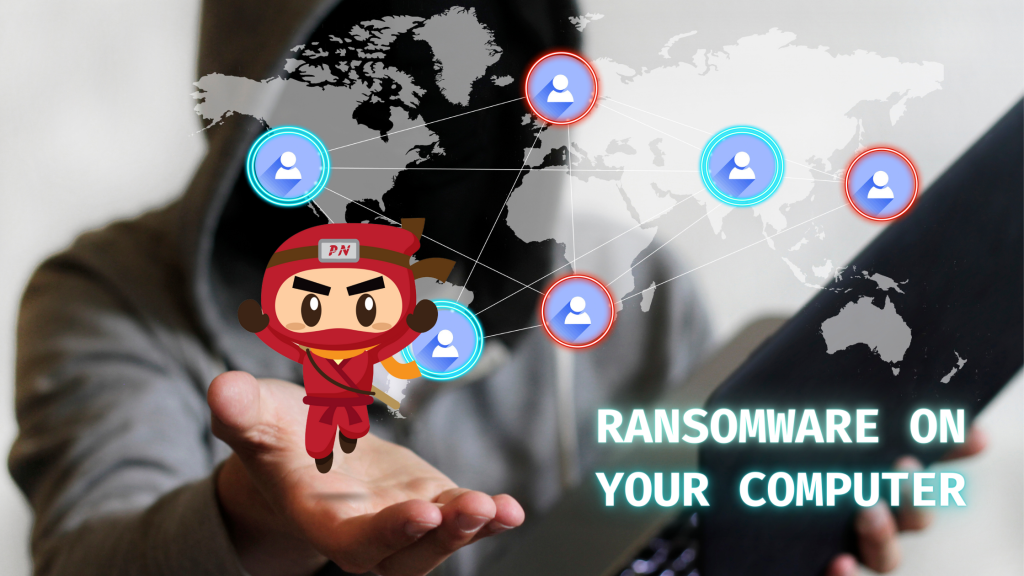
A lot of businesses lack the necessary tools, visibility, staffing resources, and the expertise in identifying, detecting, and preventing ransomware. As these ransomware attacks are elaborately crafted and patiently laid down, these projects take weeks or even months just to gain access to accounts and critical systems, moving slowly throughout the network and carefully plotting every move just to secure the loot.
However, as attackers nowadays use sophisticated techniques, ransomware attacks can only take as little as 12 hours, prompting the urgency of knowing how to know if ransomware is on your computer infesting without your knowledge.
Nevertheless, while it is a fact that cybercrimes have evolved and cybercriminals do their best to avoid detection, these ransomware attacks are not without a trace as there are telltale signs to look for. But before we dig deep on these telltale signs on how to know if ransomware is on your computer, what exactly are the effects of these ransomware attacks that there’s a need to be vigilant over them?
Knowing how to know if ransomware is on your computer would be an upper hand for early prevention of these attacks by which, if not successfully prevented, often results in—or parts of the business—getting shut down completely.
Patrick Garrity, VP of Operations at Blumira, highlighted the impact of Ransomware as more destructive than other cyberattacks. Usually, businesses pay a fine just to be able to operate again. But there’s no telling if the damage can be restored and the business can be operational again. It is the worst-case scenario for every enterprise, and it is often dubbed as a security team’s worst nightmare.
According to former intelligence officer, Matthew F. Ferraro, these ransomware extortions have been a self-sustaining ecosystem simply because those who were hit are willing to pay the ransom and get it over with. Companies are willing to give in to the demands of these cybercriminals just to recover its data back as quickly as possible.
With the ghastly consequences of Ransomware, knowing how to know if ransomware is on your computer would be of great help in making sure your company or businesses won’t be duped out of money. The telltale signs will tell.
Also Read: Lessons from PDPC Incident and Undertaking: August 2021 Cases
1. Suspicious Emails
2. Unexpected Network Scanners
3. Unauthorized Access to Active Directory
4. Software Removal Programs
5. A Dry Run of Small-Scale, Test Attacks
With all these telltales, what can we do to limit exposure to these cyberattacks?
Cybercriminals do their best to avoid detection and cybercrimes have evolved. In this day and age, learning how to know if ransomware is on your computer would be the greatest asset a company or a business must have to avoid hackers from collecting your data and use it against you for some ransom money.
For maximum security, there should be monitoring of account access and inbox rules. The staffers should be trained to recognize and report attacks and use multi-factor authentication. One may also use the aid of artificial technology to watch out for possible ransomware attacks. Lastly, one can deploy a security software that could prompt suspicious activities towards your computers.
Ransomwares are rampant in today’s digital age. That is why we need to be vigilant and protective of our data and information as cybercrimes have evolved and cybercriminals do their best to avoid detection.
Also Read: How COVID-19 Contact Tracing in Singapore Applies at Workplace
Role of Enhanced Access Controls in Safeguarding Personal Data in Telecommunications that every Organisation in…
Effective Incident Response Procedures in Strengthening Data Security that every Organisation in Singapore should know…
Crucial Role of Regular Vulnerability Scanning that every Organisation in Singapore should know. Strengthening Your…
Enhancing Data Security with Multi-Factor Authentication that every Organisation in Singapore should know. Enhancing Data…
Strong Password Policy as a first line of defense against data breaches for Organisations in…
Importance of Efficient Access Controls that every Organisation in Singapore should take note of. Enhancing…
This website uses cookies.